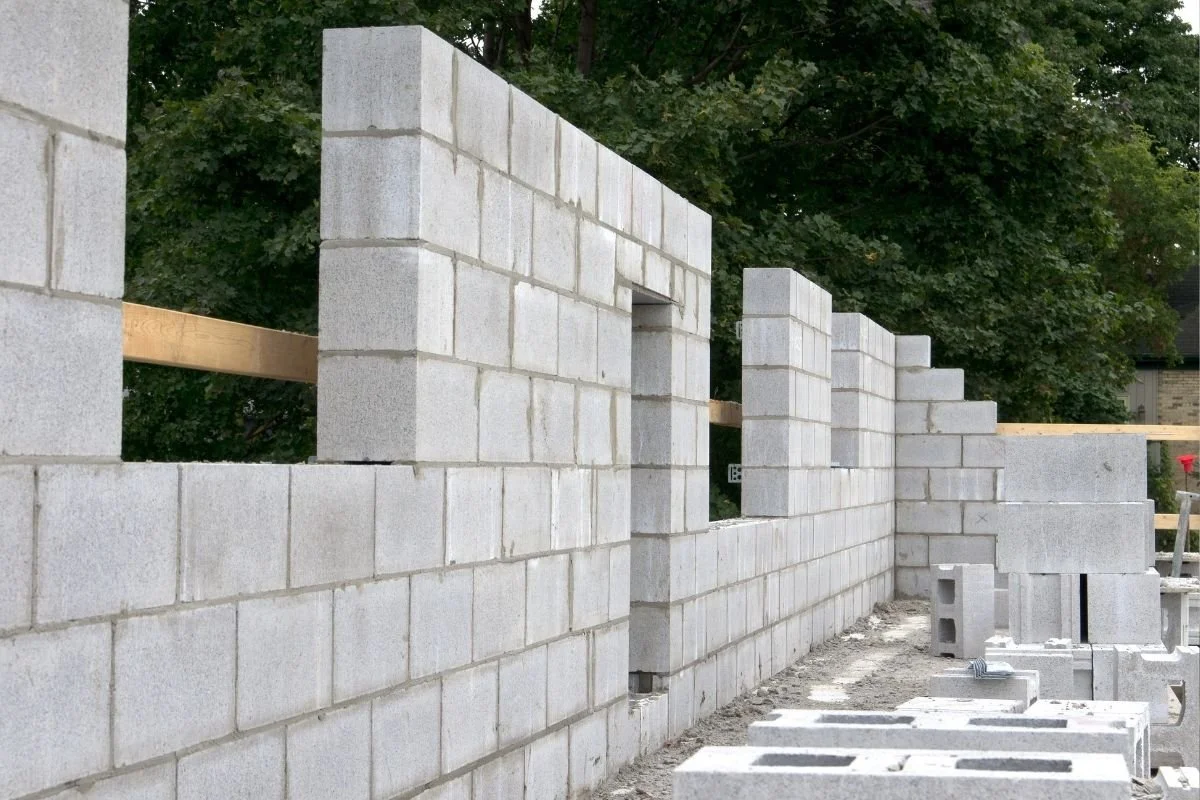A trip around the rest of the Caribbean perimeter, from islands like Puerto Rico, to coastal Mexico and Central America, will show you a vastly different role for the humble concrete block than we have in the U.S.
That holds especially true here in Louisiana, where from the time of its historic cypress forests that provided good, solid, moisture and pest-resistant wood products, up to modern times, with its current easy access to state and national commercial lumber yards. Wood is king for fast, easy and cheap - and that’s important for homes and small businesses with strapped budgets.
These concrete blocks are called Concrete Masonry Units in the biz - commonly (but incorrectly) known as cinder blocks - and they offer seemingly inarguable benefits. They are moisture and pest-resistant. They are cheap. They are simple to deploy, and they are incredibly strong and durable. They can be the entire wall assembly - structural, water management, air-sealed and finishes - in one piece. What's not to love?
CMU houses are currently having a moment for coastal luxury construction, especially in coastal Florida where they are an attractive hurricane-resistant option after decades of wood-framed structure losses.
It seems strange that such a humble building material so ubiquitous in much less affluent environments hasn't caught on below the luxury market along the American Gulf Coast, equally exposed to water and wind as we are.
Luxury concrete homes in the 30A area.
One reason may be insulation requirements we have in the southern U.S., but it's only really a problem with the most simple path to compliance and the way most builders are familiar with: R-value. On the surface, CMU has a low R value, much lower than the typical "R-13" wall of wood studs and pink fluffy stuff. But further into the weeds, you can find that CMU can utilize "mass wall" requirements, which are very low in our climate zone, about an R-6. One way to resolve that is to fill the hollow portions of CMU with an insulating filler foam or aggregate, but for real strength, structural engineers often require we fill most of these openings with rebar and grout, negating our gains to be had. In the Florida luxury market, specialty lightweight CMU is used that inherently has a better insulating value than typical CMU block. If this product becomes more widely available, this might become a great option that can eliminate insulation entirely.
Another alternative is to insulate continuously on either side of the block. Insulation on the exterior is less popular in our region for residential or small commercial projects (builders at these scales are less familiar with the methods, and the products aren't as familiar to vendors), but we have lots of local experience with type of interior insulation that pairs well with block - spray foam insulation. This creates the need to finish out the interior with drywall and studs, but unless you're going for a certain look, a drywall finish is usually desired anyway. Go with an open-cell spray foam in order to prevent condensation issues within the wall.
Finishing out the exterior has plenty of great attractive options, from a direct-applied stucco (no lath or messy accessories!) to simple furred wood slats, or just simply, a good breathable paint. And a trip to the many nearby countries who don't have the forests to support low-cost wood-framed construction show that concrete can be downright sexy.
Old San Juan, Puerto Rico.
CMU is inherently flood-resistant, and can be designed to be very wind-resistant, and very attractive. It is very heavy, which can be a drag on foundation costs in our soft soils. But its non-combustibility and termite-proof durability can be a boon on insurance rates for a long-term return. At the very least, its many benefits relative to today's building challenges make it worth considering on any size project!
Deep set windows become beautiful architectural features as represented in this Alys Beach home built with CMU and Stucco




